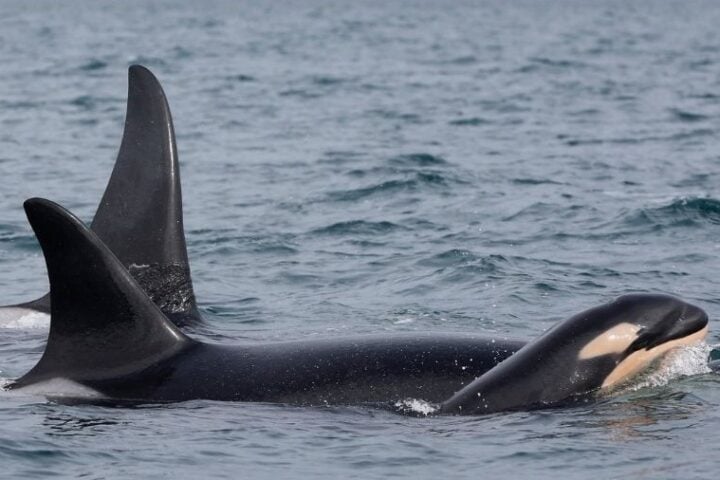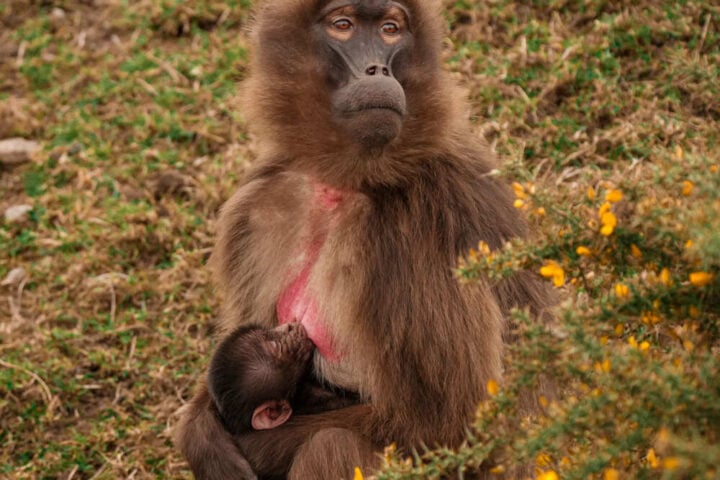The comprehensive UBC study provides insights into salmon survival rates after catch-and-release fishing – a practice that has become increasingly prevalent as salmon populations decline.
The six-year investigation by UBC’s Pacific Salmon Ecology and Conservation Lab, led by Dr. Scott Hinch, tracked more than 1,500 salmon and examined 500 additional specimens in laboratory conditions. The research demonstrates mortality rates linked to specific fishing practices.
“Our study showed Chinook and coho salmon caught and released in the Salish Sea can struggle to survive due to the injuries obtained during capture and landing,” Dr. Hinch stated in the findings presented at the Sports Fishing Institute of B.C. conference in Vancouver.
The research shows that fin, scale, and eye injuries reduced survival rates by up to 20% within just 10 days post-release. Eye injuries from larger hooks proved particularly lethal, causing an additional 20% reduction in Chinook survival after 40 days.
More Stories
Size emerged as a critical factor, with smaller salmon showing lower survival rates compared to larger specimens. Coho salmon demonstrated less resilience than Chinook. Ocean temperatures exceeding 18°C further increased mortality risks – a detail relevant to current climate trends.
The research, funded by the British Columbia Salmon Restoration and Innovation Fund, involved collaboration with the Sports Fishing Institute of B.C., the Pacific Salmon Foundation, and Canada’s Ocean Tracking Network.
Dr. Hinch emphasized practical solutions: “This research shows how simple changes in fishing practices and gear can make a big difference.” The recommendations include using smaller hooks, avoiding landing nets, and de-hooking and measuring fish in water.
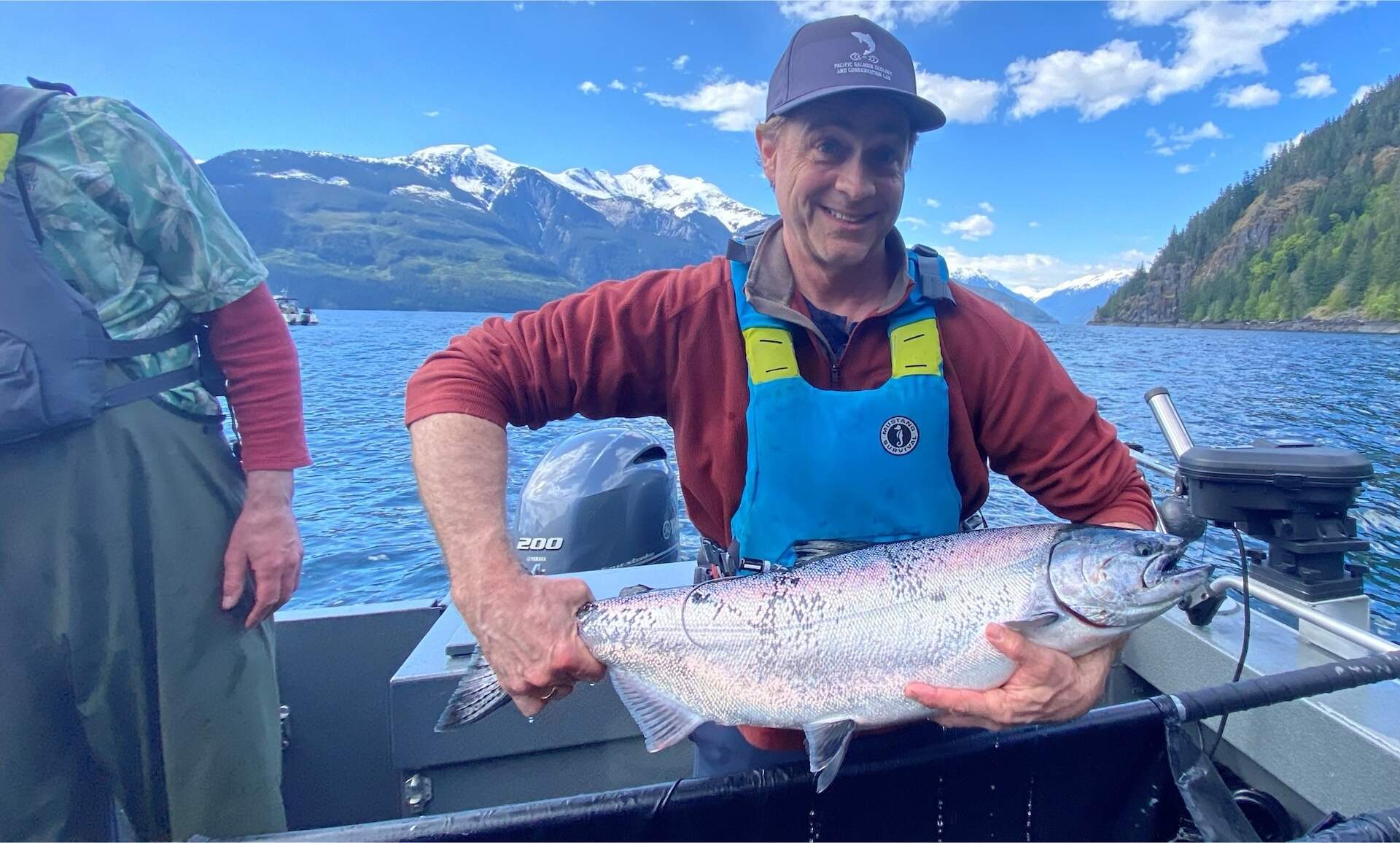
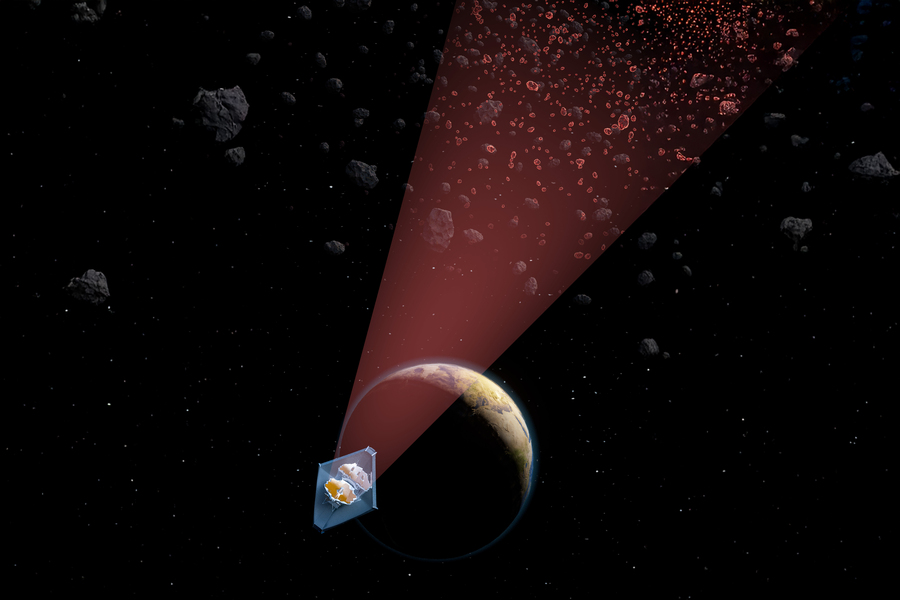
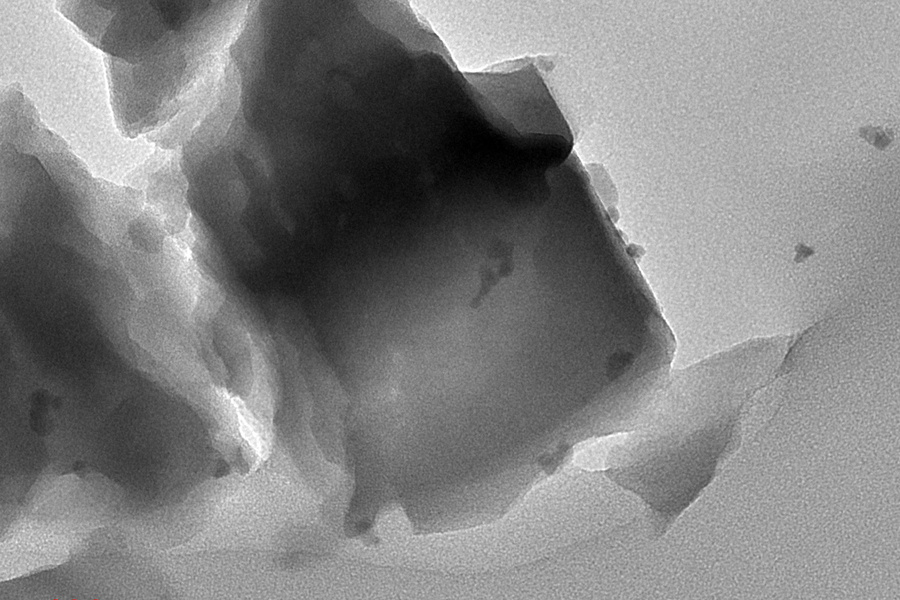
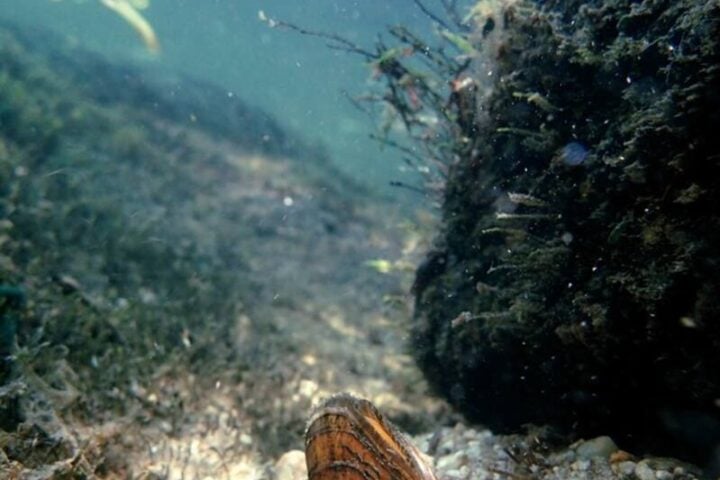




![Representative Image: European Starling [49/366]. Photo Source: Tim Sackton (CC BY-SA 2.0)](https://www.karmactive.com/wp-content/uploads/2025/04/Starlings-Drop-82-in-UK-Gardens-as-Birdwatch-2025-Reveals-Record-Low-Count-Since-1979-720x480.jpg)

